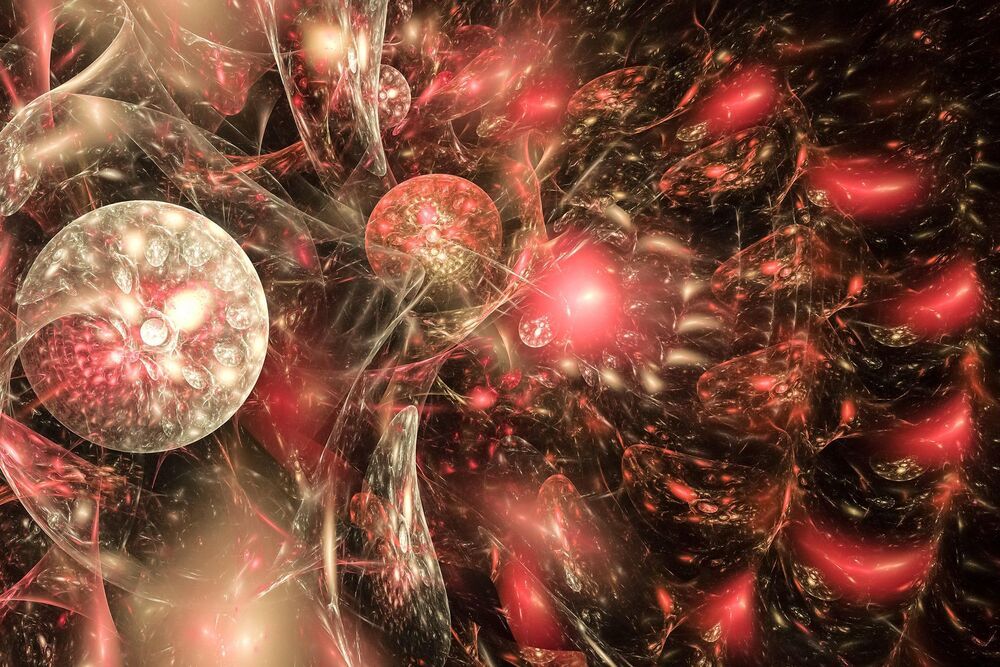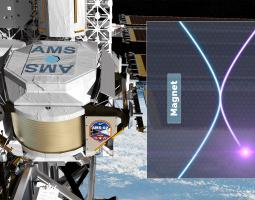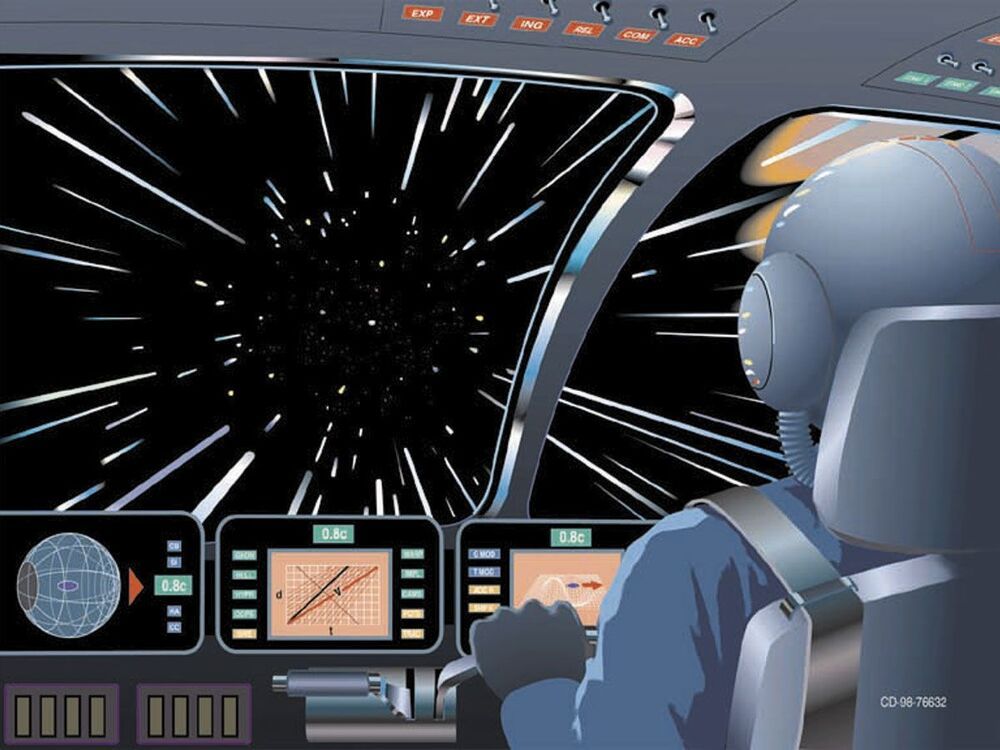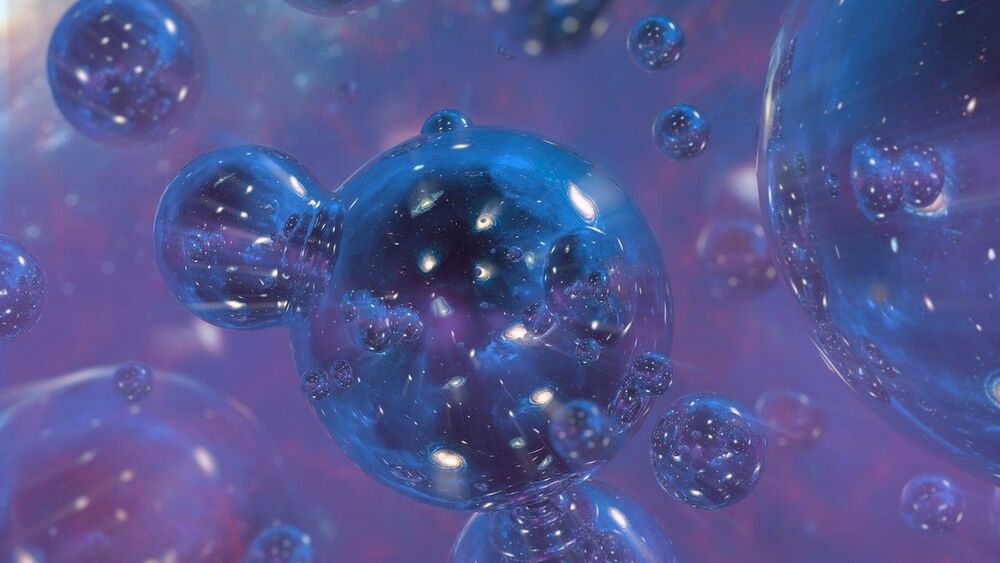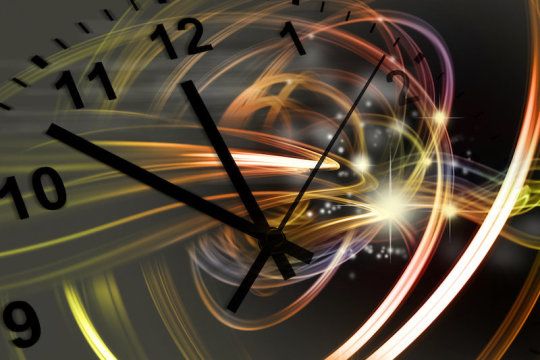Circa 2019
Conventionally speaking, there is a single physicist named Sean Carroll at Caltech, busily puzzling over the nature of the quantum world. In the theoretical sense, though, he may be one of a multitude, each existing in its own world. And there’s nothing unique about him: Every person, rock, and particle in the universe participates in an endlessly branching reality, Carroll argues, splitting into alternate versions whenever an event occurs that has multiple possible outcomes.
He is well aware that this idea sounds like something from a science fiction movie (and it doesn’t help that he was an advisor on Avengers: Endgame). But these days, a growing number of his colleagues take the idea of multiple worlds seriously. In his new book, Something Deeply Hidden, Carroll proposes that the “Many Worlds Interpretation” is not only a reasonable way to make sense of quantum mechanics, it is the most reasonable way to do so.
Prominent supporters of the Many Worlds Interpretation include physicists David Deutsch at Oxford University and Max Tegmark at MIT. If they are right, our intuitive sense of how reality works is profoundly wrong. Then again, some other researchers think that the Many Worlds way of looking at quantum mechanics is misguided, unproductive, or even downright absurd.

